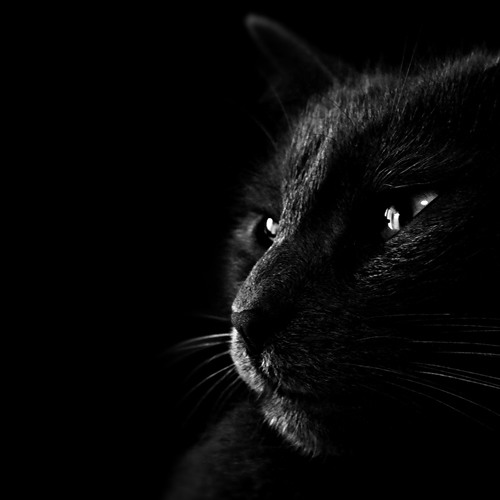
But I should have, even though he didn't do any work. Each chapter would be one of his nine lives. At that moment, it suddenly occurred to me – this sounds like an idea for a whole book. If a cat has nine lives, maybe he's gone off to visit one of his nine lives. I began to have a private joke, playing a game as it were, pretending that he could somehow appear and disappear whenever he wanted to. Solomon would visit the office while Alexander was working, but the author would never see him come or go. Origins Īlexander succeeded on his first try writing fantasy for children, which he later called "the most creative and liberating experience of my life." The book was Time Cat (1963), Ī fantasy inspired by one of his pet cats, Solomon.

Ages 10-up.Time Cat is a children's fantasy novel by Lloyd Alexander, first published in 1963. Readers already acquainted with Greek literature and legend will enjoy picking out familiar threads. Even with much of the raw material developed only minimally, the result is a good, involving story. Perhaps to accommodate the constraints of a single volume, Alexander relays many myths in comic, de-bunked forms-he shows poets transforming a clan of horse-riders into centaurs, a skilled mariner separated from his barmaid love into the epic hero Odysseus.

And like the Prydain novels, this adventure draws heavily on a great body of myths and legends. Fortunately, he has the help of Joy-in-the-Dance, a young prophetess, in a relationship strikingly similar to that of Taran and Eilonwy in Alexander's five-volume Prydain Chronicles. Roaming the land, he also gets caught up in the great conflict between followers of the mother goddess and believers in the Olympian pantheon. Soon, he's trying to help a second-rate poet turned donkey regain human form. Lucian flees corrupt palace officials in pre-classical Greece, his flight becoming a quest to discover his role in life.


 0 kommentar(er)
0 kommentar(er)
